Facial Access Control: What it is, how it works and what are the benefits of this solution from C2H Solutions
In this article, we will present the facial access control service from C2H Solutions, a company specialized in electronic security, automation and artificial intelligence solutions. We will explain what facial access control is, how it works, what the benefits and applications of this technology are.
What is facial access control?
Facial access control is a way of identifying and authenticating people through their unique facial features such as face shape, eyes, nose, mouth, etc. These characteristics are called faceprints and are used as credentials to grant or deny access to restricted areas or protected resources.
Facial access control is an advanced, secure and personalized technology that offers greater accuracy and reliability than traditional access control methods such as cards, passwords or codes, which can be lost, stolen or shared with unauthorized users.
How does facial access control work?
To implement facial access control, you must perform the following steps:
- Capture authorized users' faceprints and store them in a secure database. This is done through special devices called terminals or facial recognition cameras, which measure and analyze users' characteristics.
- Install facial access control devices on the doors or gates you want to protect. These devices can be terminals with a touch screen, turnstiles with an integrated camera, dual-lens cameras or other equipment that communicates with the database and the access control management system.
- When a user attempts to access a restricted area, he must present his face to the access control device. The device then compares the user's face to the faceprints stored in the database and checks if there is a match. If there is, the device allows access. If not, the device denies access.
What are the benefits of facial access control?
Facial access control offers several benefits to companies and organizations that use it, such as:
- Increased security: faceprints are unique to each person and cannot be forged or copied. This prevents fraud, invasions or misuse of protected areas or resources.
- Cost savings: Faceprints eliminate the need to issue, manage or replace cards, keys or passwords. This reduces spending on materials, maintenance and technical support.
- Improved efficiency: faceprints speed up the user identification and authentication process. This reduces queues, delays and human errors.
- Improved experience: Faceprints provide greater convenience and comfort for users. They don't need to load or memorize anything to access the desired areas or features.
What are the applications of facial access control?
Facial access control can be applied in various sectors and environments that require a high level of security and control, such as:
- Residential or commercial condominiums: facial access control can be used to restrict access to buildings, elevators, garages, rooms or common areas of condominiums. This increases the safety of residents and visitors and increases the value of properties.
- Businesses or industries: Facial access control can be used to limit access to offices, factories, laboratories, warehouses or other locations where confidential information, valuable equipment or critical processes are located. This protects company assets and data and improves employee productivity and quality.
- Schools or universities: Facial access control can be used to control access to classrooms, libraries, laboratories, auditoriums, or other educational spaces. This ensures the safety of students and teachers and facilitates school management.
- Hospitals or clinics: facial access control can be used to regulate access to operating rooms, ICUs, pharmacies, medical records or other places where there are patients, medicines or sensitive information. This preserves the health and privacy of patients and healthcare professionals.
- Airports or stations: facial access control can be used to verify the identity of passengers, employees or visitors entering or leaving terminals, departure lounges, security areas or other places where there is a heavy flow of people and luggage. This increases the safety and agility of transportation.
How do I hire C2H Solutions' facial access control service?
C2H Solutions is a company that offers electronic security, automation and artificial intelligence solutions for condominiums, companies and homes. Among the solutions that C2H Solutions offers is the facial access control service, which uses the most advanced and reliable technologies on the market, such as Hikvision facial recognition terminals or cameras, among others.
C2H Solutions' facial access control service is personalized according to each client's needs and objectives. C2H Solutions carries out a detailed study of the location where the facial access control will be installed, evaluating the risks, vulnerabilities and opportunities for improvement. Based on this, C2H Solutions develops an exclusive and integrated project, which includes the devices, systems and services necessary to guarantee the best performance and greater customer satisfaction.
C2H Solutions also offers specialized technical support and training for users of the facial access control service. C2H Solutions follows the entire service life cycle, from installation to preventive and corrective maintenance. C2H Solutions is also concerned with the security of customer data and complies with all current rules and regulations regarding the collection, storage and use of faceprints.
If you want to hire C2H Solutions' facial access control service or find out more about this solution, contact the company via the website 3 or via social media. C2H Solutions will be happy to assist you and show you how technology can make your life easier and increase your safety.

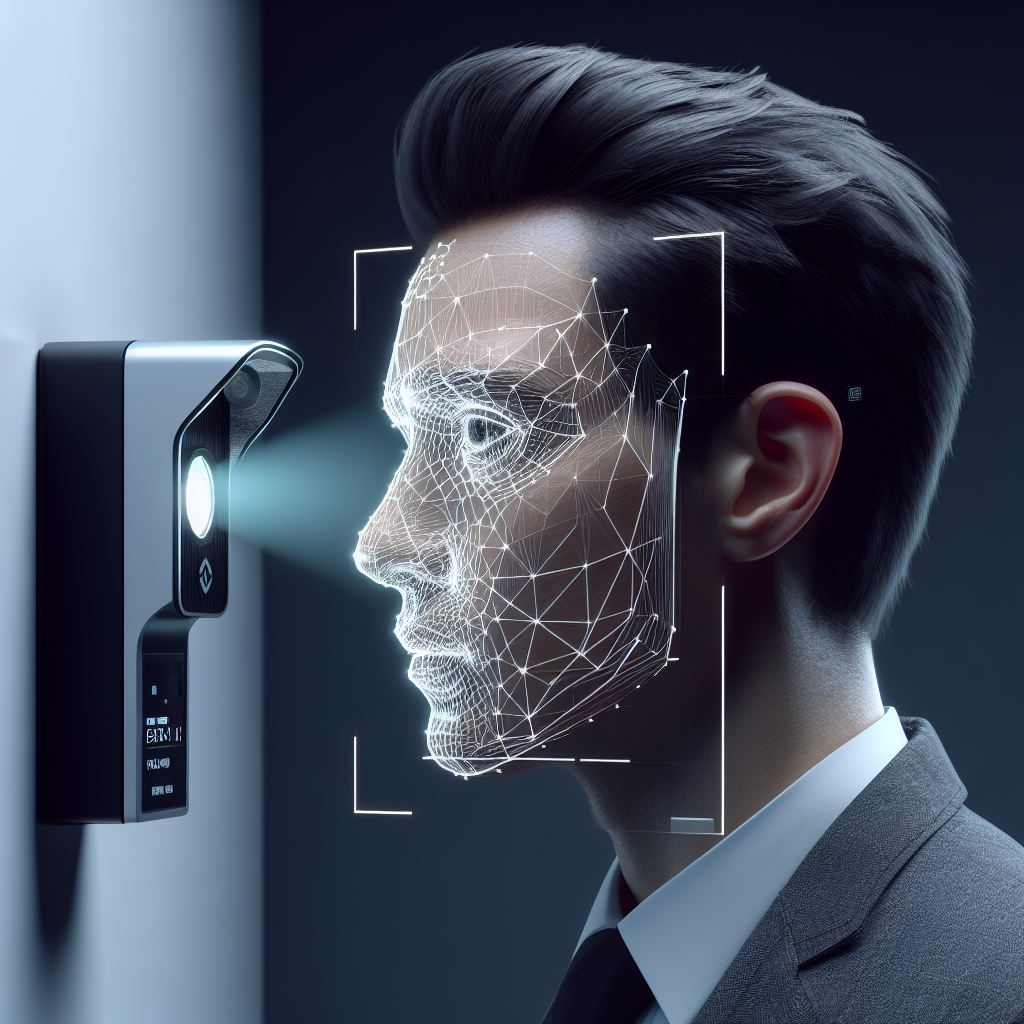
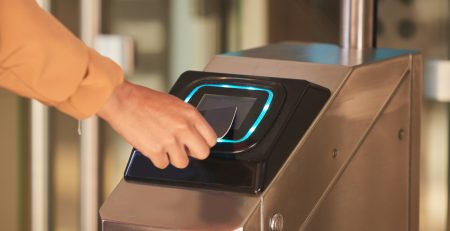
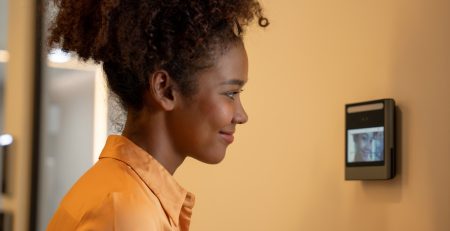
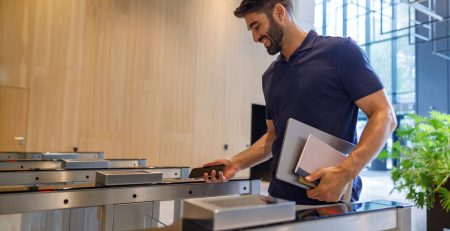
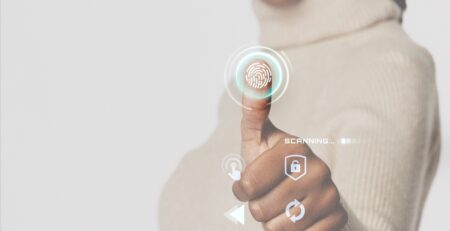

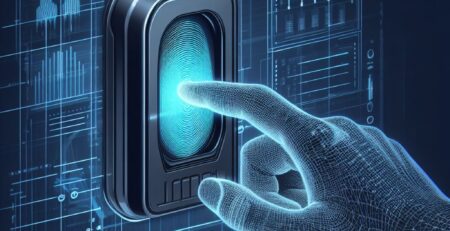
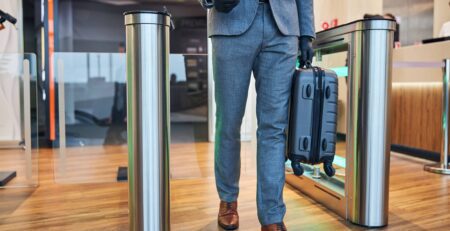
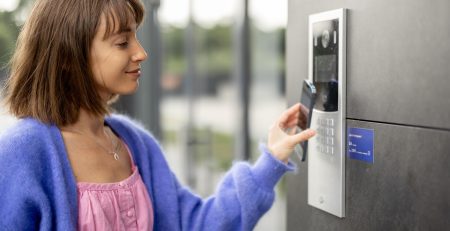

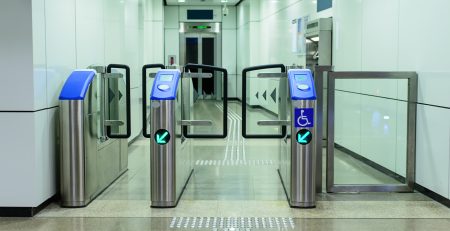
Comments (12)
💡 A tecnologia de Controle de Acesso Facial não só aumenta a segurança, mas também proporciona uma experiência mais fluida para os usuários! É uma solução que combina inovação e praticidade para atender às demandas modernas.
👉 Quer aprofundar seus conhecimentos sobre #Controle de Acesso? Explore mais conteúdos exclusivos em nosso blog na seção #Controle de Acesso.
🤝 Envie um email para nosso departamento comercial! comercial@c2hsolutions.com.br
💡 O controle de acesso facial não só aumenta a segurança, mas também otimiza a experiência do usuário, tornando o processo mais ágil e eficiente. 🌟 Invista em tecnologia que traz inovação e confiabilidade para sua empresa!
👉 Quer aprofundar seus conhecimentos sobre #Controle de Acesso? Explore mais conteúdos exclusivos em nosso blog na seção #Controle de Acesso.
🤝 Envie um email para nosso departamento comercial! comercial@c2hsolutions.com.br
💡 A tecnologia de Controle de Acesso Facial não só eleva a segurança, mas também traz praticidade ao dia a dia. Com soluções inovadoras, a C2H Solutions está na vanguarda dessa transformação!
👉 Quer aprofundar seus conhecimentos sobre #Controle de Acesso? Explore mais conteúdos exclusivos em nosso blog na seção #Controle de Acesso.
🤝 Envie um email para nosso departamento comercial! comercial@c2hsolutions.com.br
💡 O controle de acesso facial é uma solução inovadora que não só aumenta a segurança, mas também proporciona uma experiência de acesso mais rápida e eficiente. Essa tecnologia pode transformar a forma como empresas gerenciam a segurança de suas instalações!
👉 Quer aprofundar seus conhecimentos sobre #Controle de Acesso?
Explore mais conteúdos exclusivos em nosso blog na seção #Controle de Acesso.
🤝 Envie um email para nosso departamento comercial! comercial@c2hsolutions.com.br
💡 A implementação do controle de acesso facial não só aumenta a segurança, mas também otimiza a eficiência no gerenciamento de entradas e saídas. É uma solução moderna que garante maior comodidade e proteção!
👉 Quer aprofundar seus conhecimentos sobre #Controle de Acesso? Explore mais conteúdos exclusivos em nosso blog na seção #Controle de Acesso.
🤝 Envie um email para nosso departamento comercial! comercial@c2hsolutions.com.br
💡 O controle de acesso facial é uma inovação que não só aumenta a segurança, mas também proporciona conveniência no dia a dia. É um passo importante rumo ao futuro da tecnologia em segurança! 🌟
👉 Quer aprofundar seus conhecimentos sobre #Controle de Acesso? Explore mais conteúdos exclusivos em nosso blog na seção #Controle de Acesso.
🤝 Envie um email para nosso departamento comercial! comercial@c2hsolutions.com.br
💡 O controle de acesso facial é uma solução revolucionária que não só aumenta a segurança, mas também proporciona conveniência e agilidade no dia a dia. É fascinante como a tecnologia pode transformar a forma como gerenciamos nosso ambiente!
👉 Quer aprofundar seus conhecimentos sobre #Controle de Acesso? Explore mais conteúdos exclusivos em nosso blog na seção #Controle de Acesso.
🤝 Envie um email para nosso departamento comercial! comercial@c2hsolutions.com.br
💡 O controle de acesso facial é uma solução inovadora que impulsiona a segurança e a eficiência em ambientes corporativos. Ao adotar essa tecnologia, sua empresa pode não apenas melhorar a proteção, mas também otimizar processos!
👉 Quer aprofundar seus conhecimentos sobre #Controle de Acesso? Explore mais conteúdos exclusivos em nosso blog na seção #Controle de Acesso.
🤝 Envie um email para nosso departamento comercial! comercial@c2hsolutions.com.br
#Controle de AcessoControle de Acesso Facial: O que é, como funciona e quais são os benefícios dessa solução da C2H Solutions#Controle de AcessoSegurança com Inovação e Confiabilidade – C2H Solutions
#Controle de AcessoControle de Acesso Facial: O que é, como funciona e quais são os benefícios dessa solução da C2H Solutions#Controle de AcessoSegurança com Inovação e Confiabilidade – C2H Solutions
#Controle de AcessoControle de Acesso Facial: O que é, como funciona e quais são os benefícios dessa solução da C2H Solutions#Controle de AcessoSegurança com Inovação e Confiabilidade – C2H Solutions
#Controle de AcessoControle de Acesso Facial: O que é, como funciona e quais são os benefícios dessa solução da C2H Solutions#Controle de AcessoSegurança com Inovação e Confiabilidade – C2H Solutions